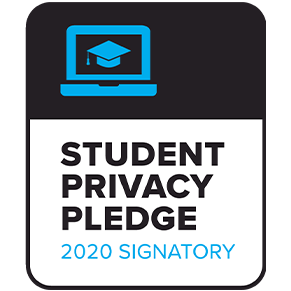Essential Questions
Jerome Bruner, in The Process of Education (1960) wrote, “Given particular subject matter or a particular concept, it is easy to ask trivial questions . . . . It is also easy to ask impossibly difficult questions. The trick is to find the medium questions that can be answered and that take you somewhere.” In his book, Horace’s Compromise, Ted Sizer stressed that teachers need to make intentional decisions about what students need to know and be able to do, and that they should use Essential Questions in the classroom to structure those decisions. Grant Wiggins and Jay McTyhe agreed and developed the related idea of backwards design in their well-respected book, Understanding By Design (2006). What makes a question essential? Wiggins and McTyhe suggest that there are four types of essential questions:
- Questions that recur throughout our lives.
- Questions that get at core ideas and inquiries within a discipline.
- Questions that are essential help learners make sense of important, complicated ideas.
- Questions that most engage a specific and diverse group of learners.
The DBQ Project has committed more energy that we care to admit to creating strong questions that fit into all four categories. Some or our DBQS and Mini-Q questions blend lifelong questions of justice and principle with historical examples that allow students of diverse backgrounds to specifically identify their own values. For example, “Hammurabi’s Laws: Were they Just?” requires students to decide what is just and what is not and to evaluate Hammurabi in those terms. By applying broad, perhaps universal principles to specific historical circumstances we encourage students to ask questions that will recur throughout their lives and help them learn complicated content within the discipline of history.
Many of our DBQs and Mini-Qs address core ideas within the discipline of history. For example, “How Democratic Was Andrew Jackson?” promotes an in-depth analysis of democracy, while our unit, “The Aztecs: What Should History Say?” challenges students to weigh the various characteristics of Aztec economics, politics, religion, and social practices. Core elements of historical inquiry come to life when they are considered in historical context with debate provoking, essential questions.
Back to Best Practice Alignment

